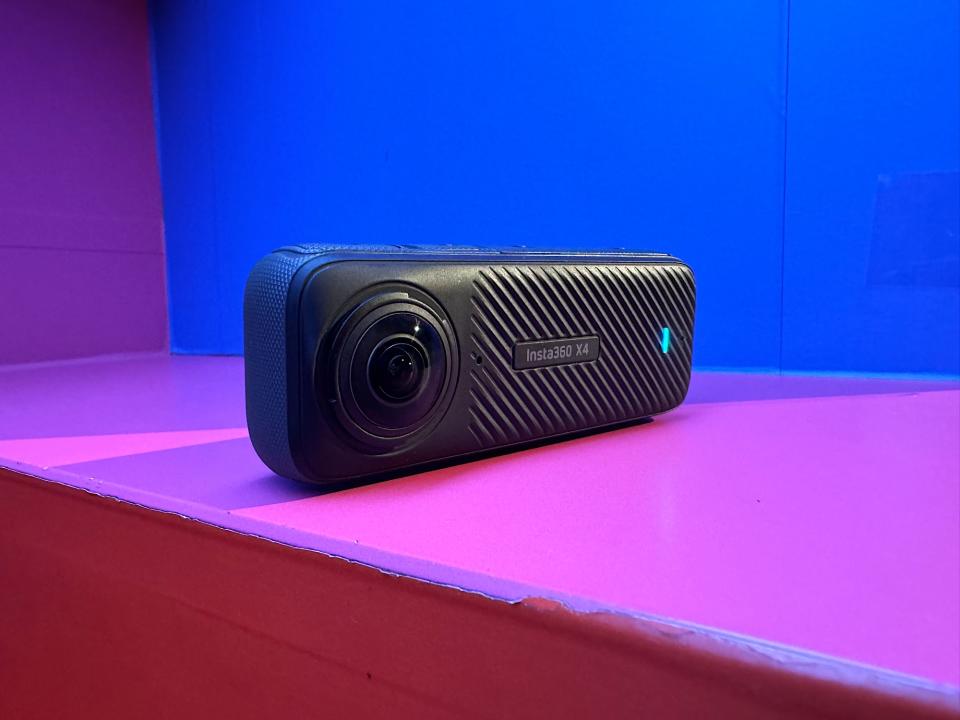Slate Truck: Decoding the $20,000 “Blank Slate” EV Pickup

In the current automotive landscape, particularly within the burgeoning electric vehicle sector, the trend has largely pointed towards increasing complexity, advanced integrated systems, and commensurately higher price points. Finding an affordable, accessible entry into EV ownership, especially in the popular pickup truck segment, has become a significant challenge.
This is where Slate Auto enters the conversation, proposing a fundamentally different approach with their Slate truck. Positioned not just as a vehicle, but as a modular platform for personalization, Slate aims to deliver an American-made electric pickup with a targeted starting price of $27,500 USD, potentially dropping under $20,000 after the applicable $7,500 federal tax credit. This ambitious pricing is a direct result of a deliberate strategy to minimize complexity and features in the base model.

The vehicle arrives from the factory in a single, stripped-down configuration: a two-door, two-seat pickup with a 4×5 foot bed. Power is delivered via a single 201 horsepower (150 kW) motor driving the rear wheels. To manage costs, the body panels are made of dyed composite material, eliminating the need for an expensive paint shop – a reported $350 million saving in manufacturing investment. This composite construction is also claimed to be dent-proof.
From a minimalist perspective, the base interior aligns with the cost-saving ethos. Standard features include manual crank windows (a nostalgic or perhaps startling inclusion depending on your perspective) and simple rotary knobs for the AC and heat controls. There is no traditional large infotainment screen; instead, the base model includes a dock with power for the user’s smartphone, intended to serve navigation and multimedia needs via familiar personal applications like Waze or Google Maps. A small digital display functions as the gauge cluster and provides a view from the backup camera.

However, the true innovation and appeal of the Slate truck lie not in its base configuration, but in its extensive accessory ecosystem. The company envisions the truck as a “blank slate” that owners can customize and upgrade over time. This modularity extends to nearly every part of the vehicle. Exterior panels, such as the front fascia and running light covers, are designed for easy removal and replacement with custom pieces, potentially even 3D-printed designs available through an open-source initiative. The body panels feature alignment points to facilitate DIY wraps, and Slate plans to offer pre-cut wrap kits and provide online instructional videos to support owner customization efforts.
Beyond aesthetics, the accessory program allows for functional upgrades. Features like power windows, enhanced interior trim, modular speaker systems, various storage solutions (door bins, center console), and even technical additions like steering wheel buttons (connecting via Bluetooth to the user’s phone) are available as optional accessories. The company’s smartphone app is designed to integrate with the vehicle, providing not only navigation and range estimates but also a unique DIY diagnostic capability, offering owners information on vehicle issues and suggesting potential fixes.

A standout example of the platform’s versatility is the available kit to transform the two-seat pickup into a five-seat SUV. This component arrives flat-packed and can be installed by the owner or a service partner, adding three rear seats and an enclosed cargo area with options for a boxy or fastback roofline. This conversion, along with the ability to add elements like bolt-in roll cages or removable roof sections, highlights the adaptable nature of the Slate platform.

In terms of fundamental performance, the Slate truck offers a choice of two battery packs as the only factory options: a 52.7 kWh unit targeting 150 miles of range, and an 84.3 kWh unit targeting 240 miles. Charging is facilitated by the NACS (North American Charging Standard) port, with a claimed peak rate around 150 kW, enabling a 20-80% charge in approximately 30 minutes at a compatible fast charger. It also features an 11 kW onboard charger. While these charging specs are not class-leading, they are presented in the context of the vehicle’s overall affordability. The truck has a payload capacity of around 1,400 lbs and a modest towing capacity of 1,000 lbs, suggesting it is primarily intended for carrying items in the bed rather than towing heavy loads. The 5-foot bed’s design allows for carrying 4×8 sheets with the tailgate down and reportedly offers more overall volume capacity than a Ford Maverick bed.
Slate is backed by notable investors, including Amazon executives and Jeff Bezos, and reports having a team of experienced automotive professionals. Production is currently estimated to begin in Q4 2026 at a factory in Indiana. The emphasis on American manufacturing and sourcing US-made components, particularly for the battery pack, is critical for qualifying for the federal tax credit that underpins their aggressive price target.

However, like many ambitious startups in the EV space, Slate faces significant hurdles. Bringing a new vehicle to production is inherently complex and costly. The $27,500 starting price, while appealing, relies heavily on the continuation of the federal tax credit to achieve the sub-$20k figure, and the cost of essential accessories to make the base vehicle more livable remains unknown. The success of the concept also hinges on building a robust ecosystem and community willing to embrace the DIY customization aspect.
Ultimately, the Slate truck presents a compelling, albeit risky, proposition. It’s a barebones electric vehicle designed to be a customizable platform rather than a feature-packed product off the lot. For buyers seeking an affordable entry into EV truck ownership and who are enthusiastic about personalization and potentially DIY upgrades, Slate offers a unique “blank slate” waiting to be defined. Its success will be a fascinating case study in the evolving landscape of personal transportation technology.



